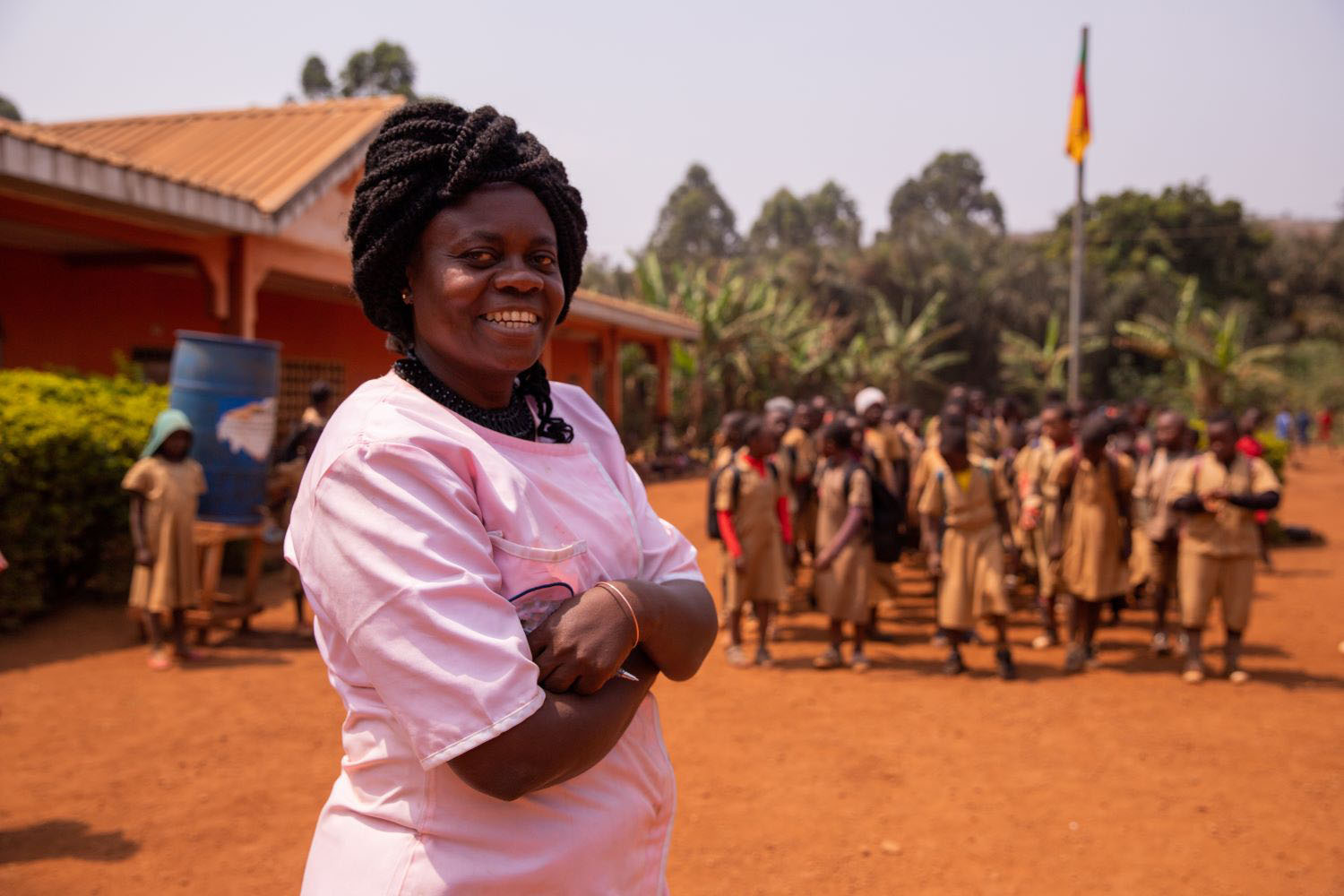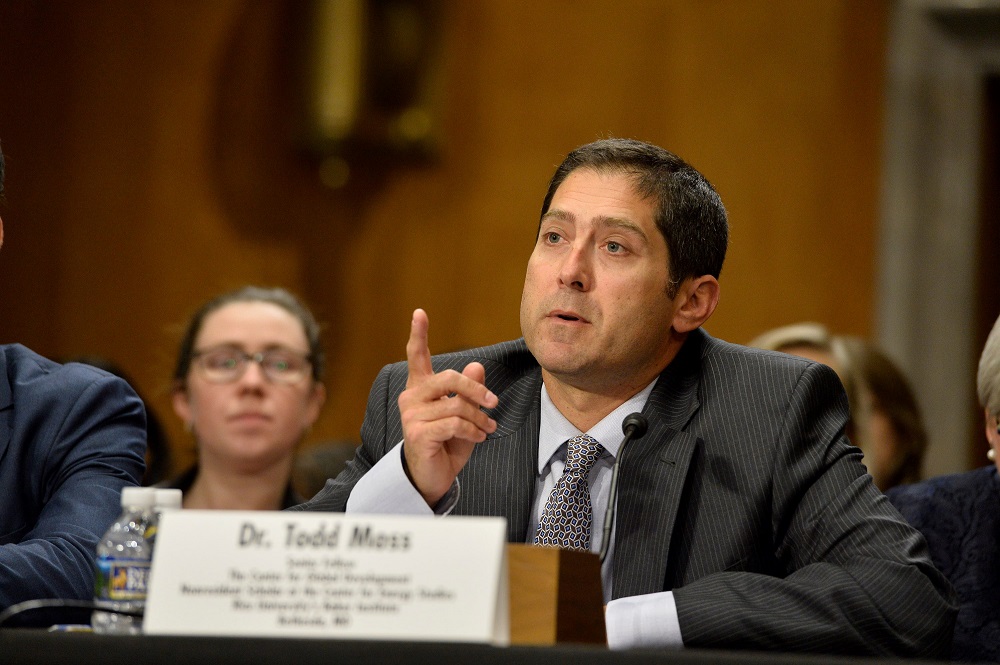Yesterday the US Senate voted to confirm Gayle Smith as USAID’s new administrator. Since the departure of Raj Shah in February 2015 almost 10 months ago, the agency has been without a permanent administrator. The vote ends a long confirmation process begun in April 2015 when President Obama nominated Smith for the post.
Despite the rapidly expiring clock on this administration, filling USAID’s top post is critical for both the agency and for US leadership in global crises and development efforts abroad. The Syrian refugee crisis shows no sign of abating, just last week Liberia found new Ebola cases, and 700 million people still live on less than $1.25 each day. In all of these challenges (among many others), USAID is the leading US actor for response, prevention, and results.
Smith will undoubtedly enter 1300 Pennsylvania Avenue with her own set of priorities and goals. Add to this list concerns from the US development community, global development practitioners, and researchers, and she’ll have a hefty to-do list to accomplish in some 416 days. (NB: I do realize that I’m adding to the chorus with this post.)
But a short amount of time does not have to mean diminished impact. The Senate confirmed former administrator Henrietta Fore (a member of CGD’s board of directors) on November 14, 2007, in the waning months of the Bush administration. With a roughly equivalent time as administrator, Fore accomplished an outsized amount including restoring unprecedented personnel capacity to the agency through the Development Leadership Initiative.
Thus, recognizing that prioritization is key for Smith, here are four goals on which she should focus in her tenure as USAID administrator:
- Work with Congress to pass legislation on Power Africa and Feed the Future. Authorizing legislation around these two presidential initiatives would represent a bipartisan, sustained US commitment to global energy access and food security beyond the Obama administration. In addition to working with Congressional colleagues to pass these bills, Smith and the Agency as a whole must endeavor to show Congress and the American taxpayer the results and impact from these global efforts.
- Institutionalize USAID Forward in agency operations. USAID Forward reforms represent the unsexy, but critical, advances that will ensure USAID has the capacities it needs to operate as the premier development agency of the United States. From policy and budget capacity to increased technical expertise to an emphasis on sustainability and transparency, USAID Forward encapsulates the reforms necessary for institutional success. But their longevity is by no means assured. Smith should seek to embed these practices within the operations, culture, and business practices of the agency. One concrete place to start is outcome indicators (rather than the 30 percent input metric) for USAID’s Local Solutions efforts to demonstrate how USAID is increasing country ownership and capacity.
- Clarify USAID’s role in ending extreme poverty. USAID recently released an impressive Vision for Ending Extreme Poverty, but now it’s time to translate this vision into practice. Does this focus on ending extreme poverty mean that USAID will pull back from areas that don’t fall under this mandate? How will USAID bring its particular expertise to bear on what has become a global effort? Smith should concretize what the Vision means for USAID and how resources will be used differently to achieve the end of extreme poverty.
- Represent USAID in the US response to global crises. USAID has been quietly and steadily leading the US response to varying crises around the world, from Ebola in West Africa to refugees fleeing Syria to famine in South Sudan. Lack of official leadership has no doubt hampered USAID’s ability to advocate policy and operational positions in interagency discussions. Smith should use her time as administrator to be a strong voice for USAID efforts around the world while further refining the agency’s ability to respond to and prevent global development crises.
Gayle Smith’s confirmation is a long time coming and a welcome shot of adrenaline for USAID in the final months of the Obama administration. There’s no lack of development crises and challenges facing Smith as USAID administrator; the trick will be choosing how and where to respond to ensure tangible results and progress during her time as the leader of USAID.
CGD blog posts reflect the views of the authors, drawing on prior research and experience in their areas of expertise.
CGD is a nonpartisan, independent organization and does not take institutional positions.




